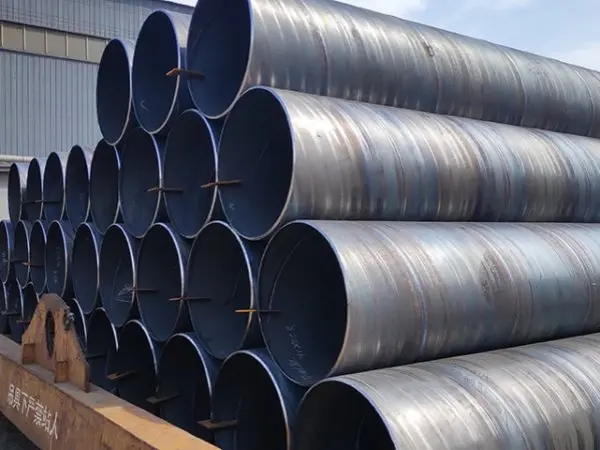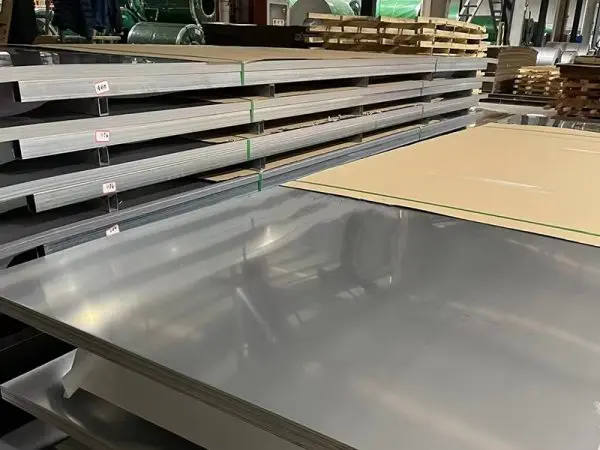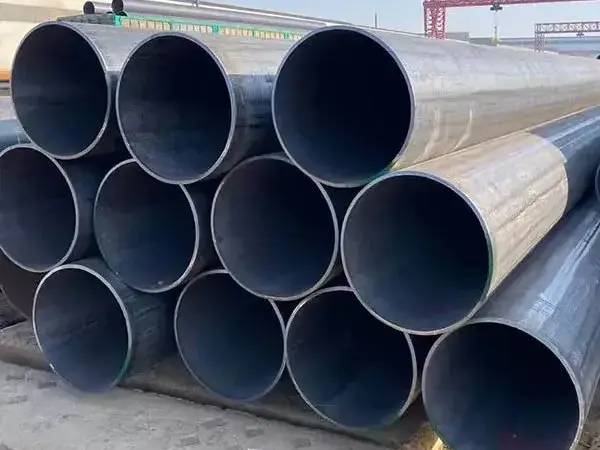- Phone0086 731 8564 8255
- E-mailsales@cscsteel-manufacturing.com
-

H-beams are typically categorized into two main types based on their usage and cross-sectional design: one is used as beam-type building components, and the other as column-type (or pile-type) building components. For beam-type components, the ratio of height to flange width typically ranges from 2:1 to 3:1, with common specifications ranging from 100mm x 50mm to 900mm x 300mm. For column-type components, the height to flange width ratio is 1:1, with specifications ranging from 100mm x 100mm to 400mm x 400mm. The height of H-beams spans from 80mm to 1100mm, the flange width from 46mm to 454mm, the web thickness from 2.9mm to 78mm, and the weight per meter ranges from 6kg to 1086kg.
Continental Steel Co., Ltd is professional H beam manufacturer, for more details, please contact:sales@cscsteel-manufacturing.com
H-Beam Production Technology
The manufacturing process for H-beams has evolved over time and can be classified into three main categories based on historical development:
Traditional Rolling with Two-Roll or Three-Roll Mills
This is the earliest method, involving the use of basic rolling mills to shape the steel.
Rolling Using a Universal Mill
This method employs a universal mill, which is more versatile and efficient than earlier mills.
Rolling Using Multiple Universal Mills
This method involves using multiple sets of universal mills for advanced production.
Selection of H-Beam Production Technology
With advances in continuous casting technology, improved automation, and online computer control, the production technology for H-beams has become more sophisticated. Several production processes are used depending on factors like the raw materials, pass systems, and types of rolling mills. Here are the five common processes for producing H-beams:
Traditional Steel Ingots Process
This method begins with steel ingots, which are rolled into rectangular or square billets on a primary mill. These billets are then heated and rolled further on a blooming mill. Two pass systems, closed and open, are used. The closed pass system provides uniform material deformation, ideal for medium-section steel, while the open pass system is used for larger-section steels. This process may require multiple blooming mills for larger sections.
Continuous Casting Rectangular Billets Process
This process uses continuous casting billets, which eliminates the need for primary mills and increases yield and product quality. This process also offers better economic benefits but limits the leg width of the H-beam steel produced due to equipment constraints.
Continuous Casting Shaped Billets Process
Using continuous casting shaped billets allows for the production of a wide range of H-beams, requiring fewer passes. This process is advantageous in terms of reducing the number of steps required but can be limited by the leg width of the billets.
Continuous Casting Slabs Process
This method uses continuous casting slabs, which is more economical than the previous methods. The process involves a special pass design on the blooming mill that rolls the slab into a "dog bone" shape. This process is more uniform than others and can produce larger H-beams efficiently.
Continuous Casting Shaped Billets with Thin Web Thickness
This advanced method uses thin continuous casting shaped billets close to the final size of the H-beam steel. These billets are directly rough rolled and finished on a universal mill stand without requiring a blooming mill, enabling higher casting speeds and more uniform deformation throughout the process.
Each of these production processes has its own set of advantages, depending on the material requirements, output scale, and specific properties desired in the final product.




